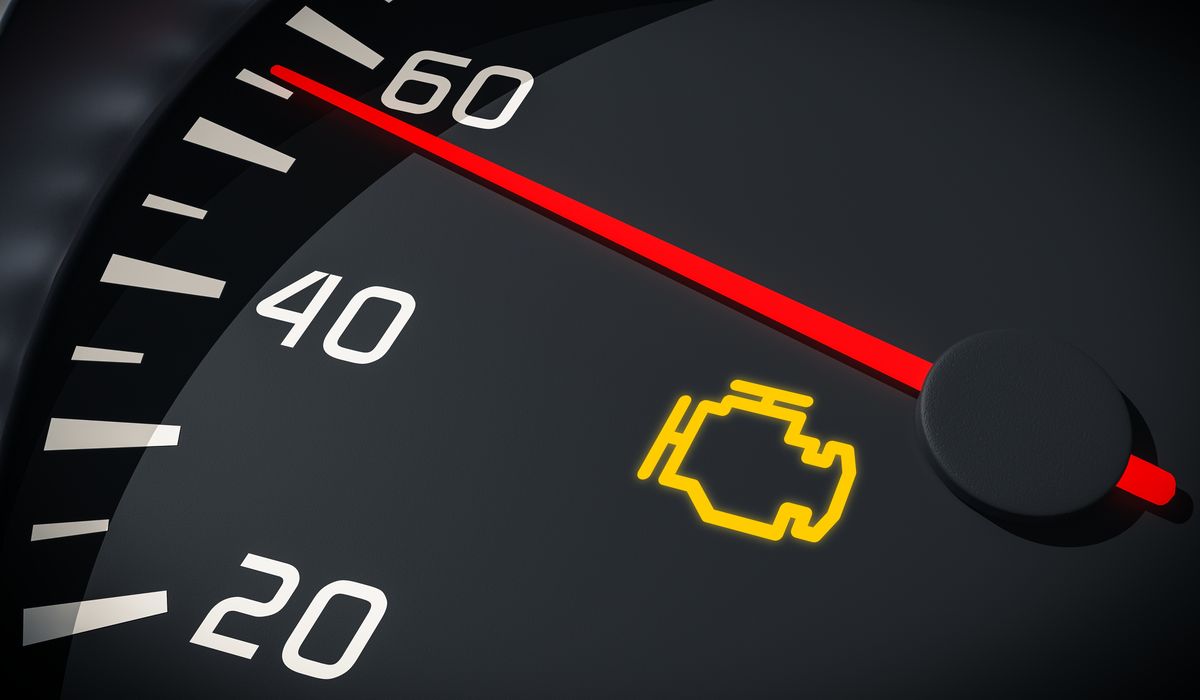Knowing how to clean your engine is an important part of vehicle maintenance, and it can save you money. Tidying up under the hood helps extend the life of belts, hoses and other components. Plus, it’s easier to spot leaks, tears and other damage on a clean engine. Check out the steps below to properly clean your car engine, and be sure to consult your car’s operation manual before you get started.
1. Eliminate any residue
Your car’s hood, grille and vents are prime areas for dirt buildup. Blow them out with compressed air or clean the areas with a wire hand brush.
2. Get the temperature just right
Next, let your engine warm up to a moderate temperature – not too hot. This will help soften grease buildup in the engine compartment.
3. Know what to cover when cleaning your engine
Plastic sandwich bags come in handy when it’s time to clean up your car. The parts to keep covered when cleaning your engine are:
- Electrical wiring
- Sensors
- Spark plug openings
- Alternator
- Distributor
Secure the baggies with tape. To protect your battery, cover it or simply remove it.
4. Don’t forget the drip pan
Place old towels on an absorbent mat under the engine’s oil drip pan to catch any hazardous waste.
5. Give the engine a good spritz
Thoroughly spray the engine compartment with an engine cleaner, avoiding the wiring you bagged and taped. Since petroleum cleaners can damage rubber and vinyl components, consider a citrus or water-based degreaser. For parts that seem extremely oily or greasy, let the cleaner soak in for 15-30 minutes and repeat if necessary.
6. Rinse and unwrap
Once the engine cleaner has done its job, lightly rinse engine and components with water. Remove the bags you used to protect the wiring. Once the towel or mat is dry, dispose of it properly. And if you removed the battery, don’t forget to replace it.
7. Remove excess moisture
Blow away excess water in the engine compartment with compressed air.
8. Dry out the interior
Lastly, turn on your engine and let it run until warm. The heat will help dry the hard-to-reach areas.


